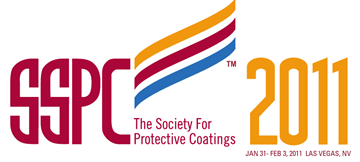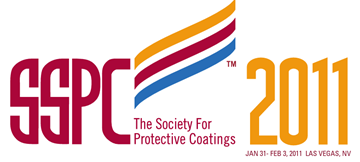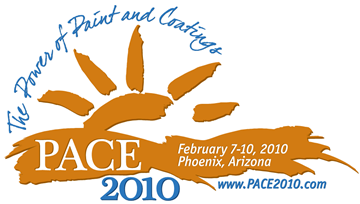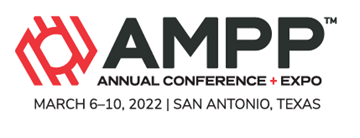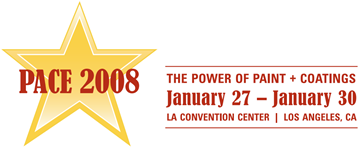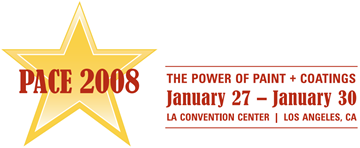Search
Coatings
View as
Sort by
Display
per page
“Introducing The Nation’s First Bachelor of Science Degree in Corrosion Engineering and the National Center for Education and Research on Corrosion and Materials Performance
Product Number:
41211-627-SG
Publication Date:
2011
$20.00
“This Ain’t Your Mothers Dehumidifier Anymore! New Advancements in Temporary Dehumidification Equipment Meets “Green” Objectives While Reducing Operating Costs
Product Number:
41211-589-SG
Publication Date:
2011
$20.00
“μ-Deck: Implementation of a New COF Meter for US Navy
Product Number:
41210-553-SG
Publication Date:
2010
$20.00
100% Pure Polyurea Solves Serious Problem at Wastewater Treatment Plant
Product Number:
41206-252-SG
Publication Date:
2006
$20.00
100% Solids Elasatometric Polyurethane vs 100% Solids Epoxy Linings in Steel Potable Water Storage Applications
Product Number:
51219-194-SG
Publication Date:
2019
$20.00
15.5-Year Inspection Reveals the Effectiveness of a Single-Coat Epoxy
Product Number:
51322-17996-SG
Publication Date:
2022
$20.00
1K and 2K Waterborne Coatings for Concrete Pavers: Color “Pop” with Enhanced Durability
Product Number:
51219-197-SG
Publication Date:
2019
$20.00
20 Year Colour Lifetimes for Architectural Restoration Coatings - Theory and Reality
Product Number:
51216-020-SG
Publication Date:
2016
$20.00
20-Year Performance of Bridge Maintenance Systems
Product Number:
41208-398-SG
Publication Date:
2008
$20.00
29 CFR 1926.1200 - The New OSHA Standard for Construction in Confined Spaces - What’s Different from the General Industry Standard
Product Number:
41216-950-SG
Publication Date:
2016
$20.00
2-Component Polyurethane Topcoats - Formulating Variables Affecting Weathering Performance
Product Number:
41208-399-SG
Publication Date:
2008
$20.00
2-Component Polyurethane Topcoats - Formulating Variables Affecting Weathering Performance
Product Number:
41212-710-SG
Publication Date:
2012
$20.00

